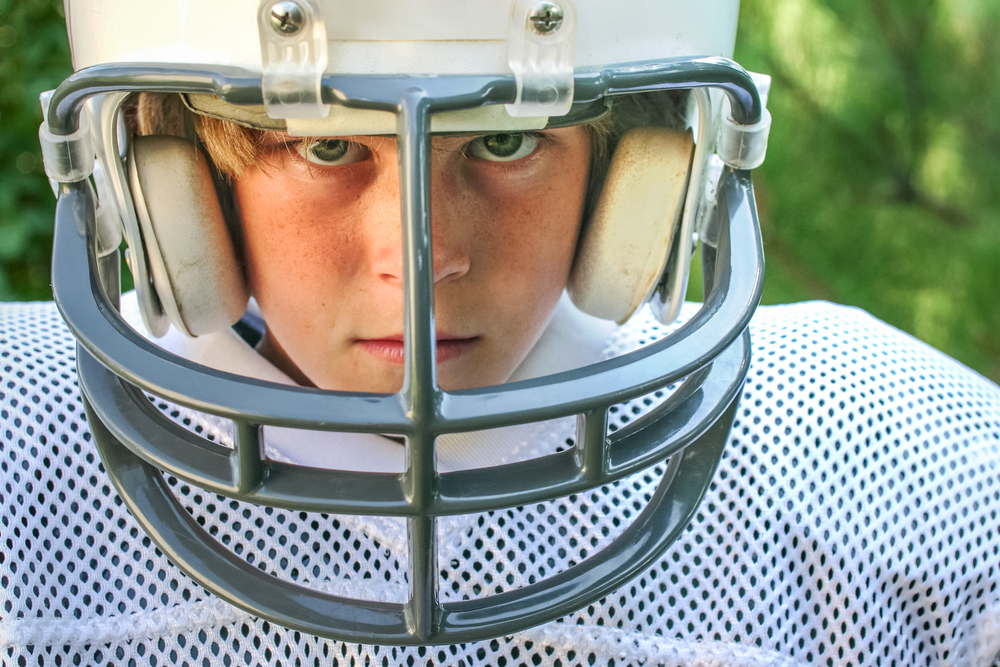Concussions: What we choose to ignore
Concussions are in vogue. Everyone, it seems, is paying attention to concussions in sports while trying to reduce, diagnose and treat them. It is a good thing, but the way it came about strikes me as odd.

We choose to ignore the hazards of sports because we enjoy sports. If anyone truly knew the dangers of skiing, they wouldn’t ski—or box, play football, or even play soccer. Each of these activities has an injury rate and severity that has ruined many young people’s lives.
In skiing, the rupture of the ACL—the key ligament in the knee—permanently changes the biomechanics of the knee (whether or not it is reconstructed) and leads to a high rate of arthritis.
In boxing, the goal is to produce a concussion. Knocking someone out impacts their brain so much that the victim loses consciousness.
Football is a full-body contact sport in which nearly every bone and tissue is affected. When a Super Bowl player gets his bell rung, the chimes may last forever, but sadly he may not realize it. The brain injury from that concussion can lead to initially subtle and later overt mental acuity loss.
In soccer, “heading” a ball means repeated impact trauma to the brain, possibly causing micro-injuries with every impact—never mind the high rate of ACL injuries.
Why do we keep playing? Because we love these sports, we choose to ignore their dangers to a degree, and imagine that serious injuries won’t happen to us. Finally, we keep playing because we trust that medical science will keep improving its methods to repair the damage.
The concussion story came to light in part because of the determined forensic pathologist Dr. Bennet Omalu, portrayed by Will Smith in the movie Concussion. Another reason was the top scientific work done by University of North Carolina dean Kevin M. Guskiewicz. Guskiewicz looked at how sport-related concussions affected both balance and brain function in young athletes, and the long-term neurological issues related to playing sport. A final factor, of course, was the activism on the part of aggrieved families.
So where does it stop? How much protection versus risk acceptance will we live with? Clearly, every activity carries some risk—from surfing and sailing to dancing and playing Frisbee—but to live without any risk at all is both impossible and foolish. “A ship is always safe at the shore,” observed Albert Einstein, “but that is not what it is built for.”
The answer lies in my advice to my children: Do dangerous things safely. You will take risks, engage in extreme sports, climb high mountains and sail wild oceans. Do these things with a sense of adventure—and with the right gear and physical preparation. Study the data, use the safest tools, and venture out with courage. Hopefully you will travel and play safely.
In the background, those of us in the medical professions will relentlessly pursue the knowledge and technological advances to repair what damage may occur.
